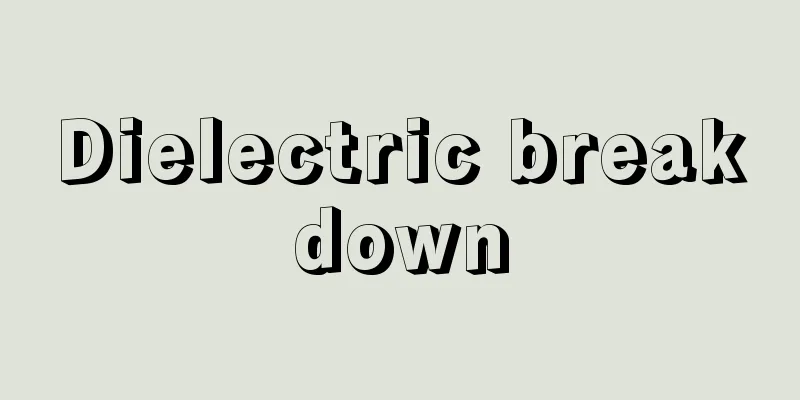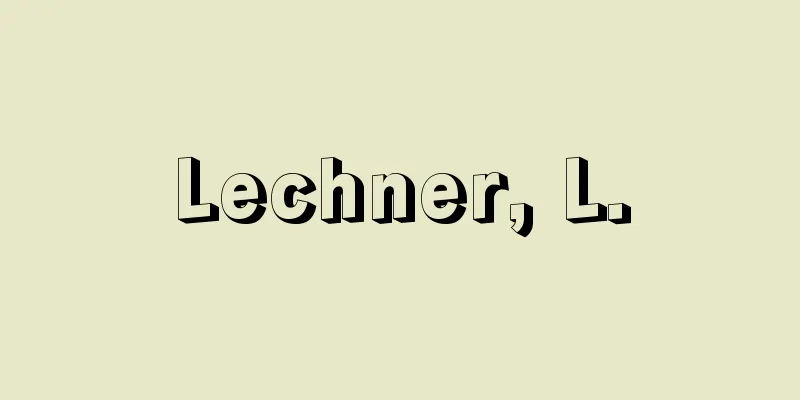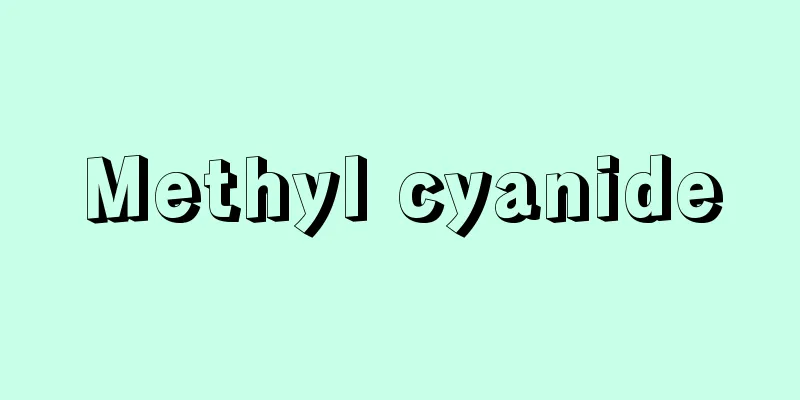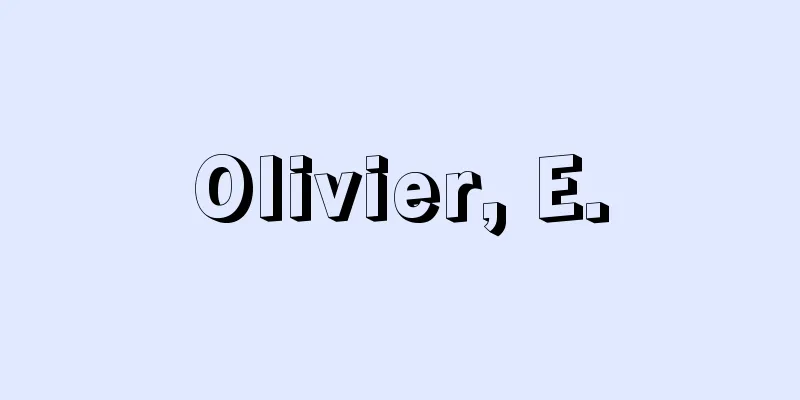Dielectric breakdown

|
When voltage is applied to an insulator, only a very weak current flows, but as the voltage is increased, at a certain voltage level, an excessive current suddenly flows accompanied by a loud sound and light. This phenomenon is called dielectric breakdown, the voltage at which this occurs is called the dielectric breakdown voltage, and the strength of this insulation is called dielectric strength. Insulators include gaseous insulating materials (air, fluorocarbons, sulfur hexafluoride, etc.), liquid insulating materials (mineral oil used in transformers, synthetic insulating oil, etc.), and solid insulating materials (mica, asbestos, porcelain, silicon, etc.), each of which is used for a different purpose. These insulators, especially liquid and solid insulators, gradually lose their insulating performance (dielectric strength) (deterioration over time) due to high-temperature deterioration when used at high temperatures, outdoor deterioration when used outdoors, and discharge deterioration when used in the discharge parts of electrical circuits. Testing this dielectric strength is called a withstand voltage test, and includes commercial frequency voltage tests where an AC voltage (50 or 60 Hz) is applied, lightning impulse voltage tests that take into account the voltage generated by lightning, and switching impulse voltage tests that take into account the voltage generated when a circuit breaker is opened and closed. In the insulation design of high-voltage transmission and substation facilities, it is important to prevent permanent breakdown of important equipment such as transformers from the excessive voltages that are expected to occur, and for this reason, it is essential to install equipment (lightning arresters) that suppress excessive voltages below a certain value and to appropriately select the dielectric strength of each location (insulation coordination). [Naoyuki Uchida] [Reference item] |Source: Shogakukan Encyclopedia Nipponica About Encyclopedia Nipponica Information | Legend |
|
絶縁物に電圧を加えてもきわめて微弱な電流しか流れないが、その電圧を上昇させていくと、ある電圧値で激しい音と光を伴って突然過大な電流が流れる。この現象を絶縁破壊といい、このときの電圧を絶縁破壊電圧、この絶縁の強さを絶縁耐力とよんでいる。絶縁物としては、気体絶縁材料(空気、フロン、六フッ化硫黄(いおう)など)、液体絶縁材料(変圧器に用いる鉱油、合成絶縁油など)、固体絶縁材料(雲母(うんも)、石綿、磁器、シリコンなど)があり、それぞれ目的に応じて使用されている。これらの絶縁物、とくに液体および固体の絶縁物は、高温で使用する場合の高温劣化、屋外で使用する場合の屋外劣化、電気回路の放電部分で使用する場合の放電劣化などにより、しだいに絶縁性能(絶縁耐力)が低下(経年劣化)する。この絶縁耐力を試験することを耐電圧試験といい、交流電圧(50ヘルツまたは60ヘルツ)を加えて試験する商用周波電圧試験、雷による発生電圧を考慮した雷インパルス電圧試験、遮断器の開閉時に発生する電圧を考慮した開閉インパルス電圧試験などが行われる。高電圧を用いる送変電設備の絶縁設計にあたっては、発生すると予想される過大な電圧に対し、変圧器など重要な機器の永久的な故障を防止することが重要であり、そのためには、過大な電圧を一定値以下に抑制する機器(避雷器)の設置や各箇所の絶縁耐力の適切な選定(絶縁協調)が肝要となる。 [内田直之] [参照項目] |出典 小学館 日本大百科全書(ニッポニカ)日本大百科全書(ニッポニカ)について 情報 | 凡例 |
>>: Insulation paint - Zetsuentoryou (English spelling) coating for insulation
Recommend
auto-regression
…In reality, it is necessary to build a model fro...
Prison
It meant confinement in a prison, and later came t...
Good Manufacturing Practice
...Regarding certain side effects of drugs, an in...
Aṇgiras (English spelling)
He was one of the seven legendary sages of ancient...
Musashi [town] - Musashi
A former town in the eastern part of the Kunisaki ...
Icon Theology
… Pope Constantine V refuted this, arguing that t...
Suppressed cultivation - Yokuseisaibai
This refers to a cultivation method that allows c...
Arcadia - Arkadia (English spelling)
A prefecture in the central Peloponnese peninsula...
Edauchihego - Edauchihego
…Although they are woody, their stems do not grow...
Ropeway - ropeway (English spelling)
Instead of laying rails on the ground, a steel ro...
Henri Fayol
1841‐1925 A French business manager who is conside...
Al Mina - Al Mina
…333 BC), Syria came under Greek rule. By about 8...
World Council of Churches (WCC)
The world church movement (→ ecumenism) is a major...
Intestinal adhesions - Adhesion of the Intestine
[What kind of disease is it?] Adhesion occurs betw...
Offshore Registry - Offshore Registry
...The advanced European shipping nations, which ...









